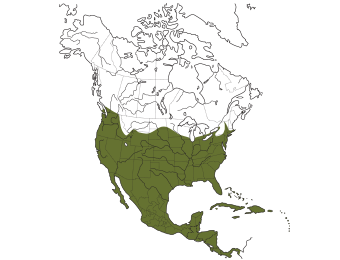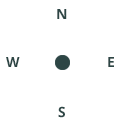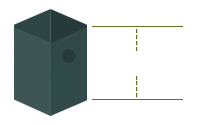Barn Owl
Nest box Plan and Information
Select another species:
Species in decline
This species is in decline in certain regions. You can put up a nest box to help if you live in the right region and habitat.
- Declining
- Not declining
- Not present
Nesting Habitat
- Desert
- Grassland
- Marsh
- Open Woodland
Attach Nest Box To
- Building
- Pole
- Post
- Tree
Known Nesting Period
Not Nesting
Some Nesting Occurrence
Nesting in Most of Range
JAN
FEB
MAR
APR
MAY
JUN
JUL
AUG
SEP
OCT
NOV
DEC
Nest Box Placement
Nest Height:
8ft
25ft
8–25 feet
Minimum Spacing:
100 feet
Facing:
Any
Helpful Tips
- Prefers open habitats, such as agricultural fields.
- Barn Owls are very sensitive during the early phases of nesting (April–May) and will abandon a nest if disturbed.
- Boxes can be placed in a variety of structures, including barns, silos, granaries, grain elevators, and church steeples, or mounted on a free-standing pole.
- When siting your Barn Owl box, keep in mind that hungry owlets can be noisy when clamoring for food. Take care not to place the box too near your home, or they might keep you awake at night.
- Clean out the old nest materials when the owls are not nesting; December is generally a good time.
- It is not necessary to add any materials after cleaning; the owls will create their own nesting substrate from shredded pellets. However, you can add a layer of fresh wood shavings about 3/4" deep to the box if you would like.
- Avoid the use of rodenticides to control rodents, and allow the owls to help with pest control.

 Source:
Source: 


